Spice It Up: The Art of Crafting a Good Pork Rub
When it comes to creating the perfect good pork rub, most backyard grillers stick to what they know — salt, pepper, maybe some paprika and garlic powder. But what if we told you that by stepping outside your spice cabinet’s comfort zone, you could transform your next pork dish into something extraordinary? In this blog, we’re exploring innovative spice pairings that’ll elevate your pork rub game from “meh” to “mouthwatering.” Whether you're a seasoned pitmaster or a curious home cook, there's something here for everyone.
Table of Contents
- Why a Great Rub Matters
- The Science Behind Spice Pairings
- Top 10 Innovative Spice Pairings for Pork Rubs
- Pro Tips for Perfecting Your Pork Rub
- How to Use These Pairings Like a Pro
- Conclusion
Why a Great Rub Matters
Let’s be honest — pork is already pretty awesome on its own. But when you slap on a well-balanced, thoughtfully crafted good pork rub, it becomes legendary. A great rub does more than just add flavor; it creates a crust (known in BBQ circles as the “bark”), enhances moisture retention, and sets the tone for the entire dining experience.
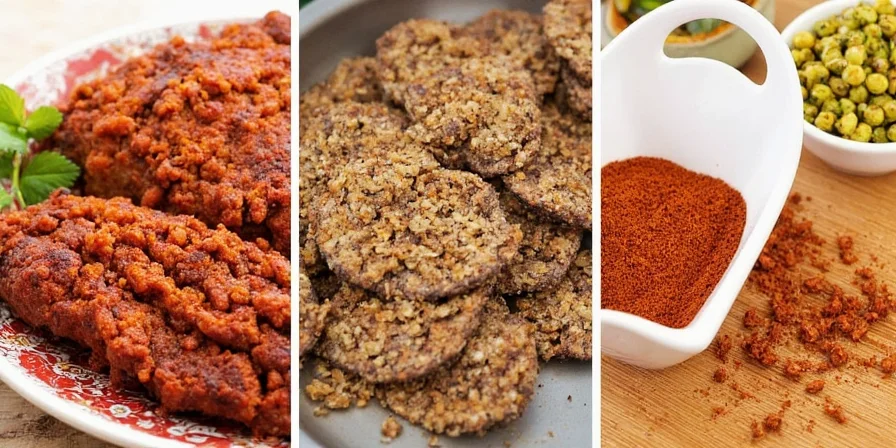
The Role of Each Ingredient
Most standard rubs include:
- Salt – Enhances flavor and draws out moisture for better bark formation.
- Sugar – Balances saltiness and contributes to caramelization.
- Paprika – Adds color and subtle sweetness.
- Garlic & Onion Powder – Offers depth and umami.
The Science Behind Spice Pairings
So why do certain spices work so well together? It all comes down to chemistry. Spices contain aromatic compounds that can either harmonize or contrast with each other. When paired correctly, these compounds create new, exciting flavors that are greater than the sum of their parts.
Understanding Flavor Profiles
| Flavor Type | Examples | Complementary Spices |
|---|---|---|
| Salty | Salt, Soy Sauce | Black Pepper, Lemon Zest |
| Sweet | Brown Sugar, Cinnamon | Cumin, Nutmeg |
| Umami | Mushroom Powder, Worcestershire | Fennel, Mustard Seed |
| Spicy | Cayenne, Serrano Peppers | Lime Zest, Basil |
Top 10 Innovative Spice Pairings for Pork Rubs
Now that you understand the basics, let’s dive into the fun stuff — unexpected yet delicious combinations that’ll make your good pork rub stand out at any cookout.
1. Smoked Paprika + Cocoa Powder
This combo adds earthy depth and a hint of bitterness that balances the natural sweetness of pork.
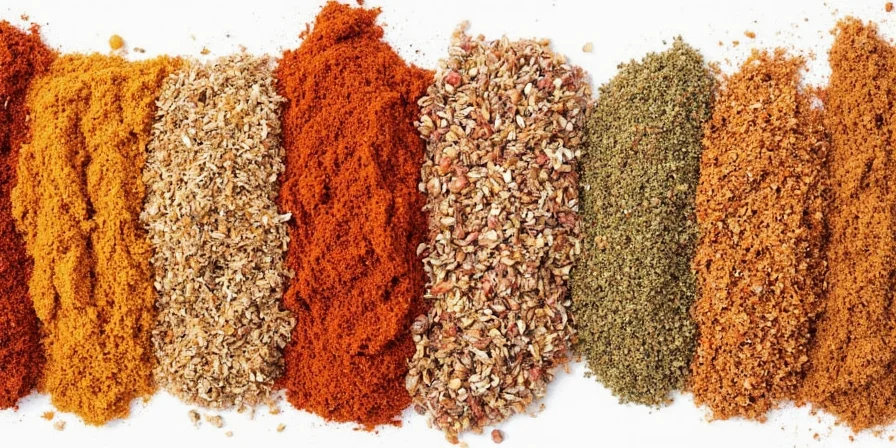
2. Turmeric + Cardamom
Turmeric brings vibrant color and warmth, while cardamom adds floral complexity and brightness.
3. Sumac + Black Garlic
Sumac’s tanginess cuts through the richness of pork, while black garlic adds an intense, balsamic-like sweetness.
4. Szechuan Peppercorn + Star Anise
A bold fusion pairing — Szechuan peppercorn numbs the tongue slightly, letting star anise’s licorice notes shine.
5. Fennel Seeds + Juniper Berries
Herbal and resinous, juniper berries complement fennel’s sweet licorice tones beautifully.
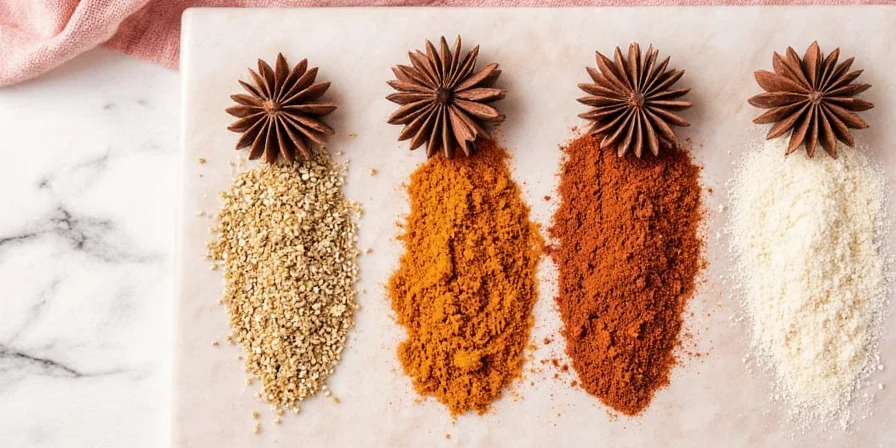
6. Garam Masala + Mustard Powder
Garam masala brings warmth and depth, while mustard powder offers sharpness and bite.
7. Aleppo Pepper + Orange Zest
Mild heat meets citrus brightness — perfect for summer grilling or tropical-inspired dishes.
8. Za’atar + Rosemary
Za’atar’s tangy, herbal notes blend seamlessly with rosemary’s woodsy fragrance.
9. Coriander + Tamarind
Coriander adds nuttiness, while tamarind brings a tart-savory punch that lingers on the palate.
10. Miso + Chili Flakes
Japanese miso adds salty-umami richness, which pairs surprisingly well with spicy chili flakes.
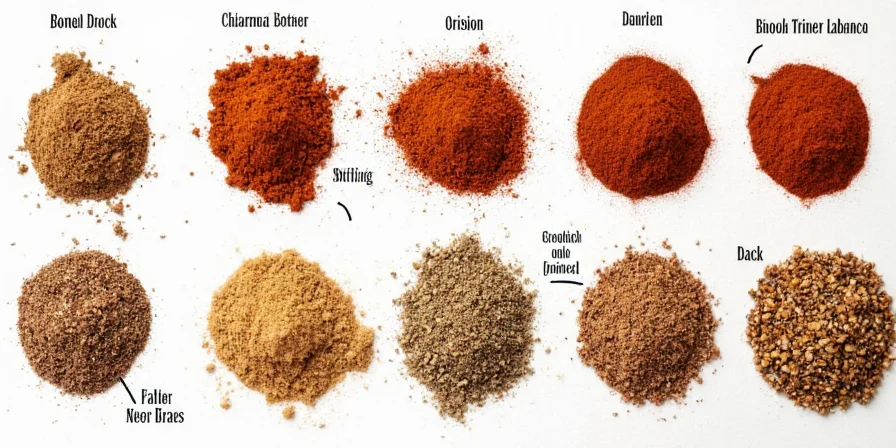
Pro Tips for Perfecting Your Pork Rub
Creating the perfect good pork rub isn’t rocket science — but a few tricks can help you get the most out of every sprinkle.
- Use Fresh Spices: Ground spices lose potency over time. Aim for whole spices and grind them yourself for maximum flavor.
- Balance Sweet & Savory: Too much sugar can burn easily; aim for a 3:1 ratio of savory to sweet ingredients.
- Don’t Overdo Salt: Start with less and taste as you go. You can always add more later.
- Let It Rest: Apply the rub at least 30 minutes before cooking to allow the flavors to penetrate the meat.
- Try Wet vs Dry Rubs: Adding oil or vinegar helps the rub stick and speeds up flavor infusion.
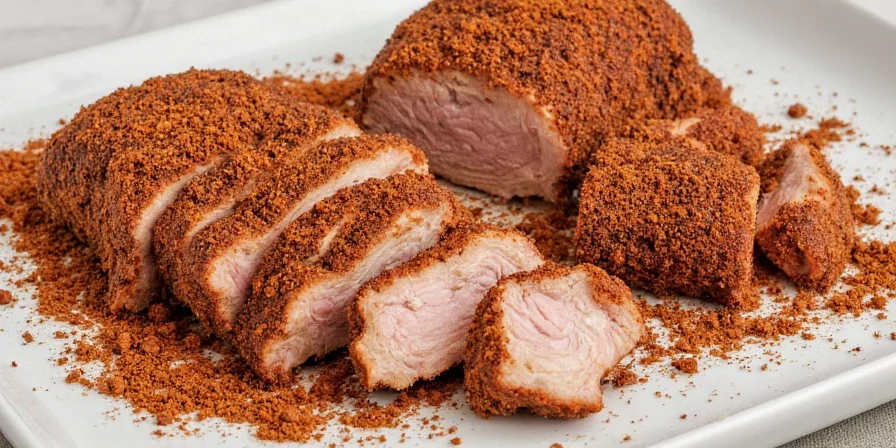
How to Use These Pairings Like a Pro
To truly harness the power of innovative spice pairings, consider how you plan to cook the pork. Different cuts and methods benefit from different spice profiles.
| Cut of Pork | Recommended Rub Style | Best Spice Pairings |
|---|---|---|
| Pork Shoulder | Dry Rub | Smoked Paprika + Cocoa, Fennel + Juniper |
| Pork Chops | Wet or Dry Rub | Sumac + Black Garlic, Za’atar + Rosemary |
| Rib Rack | Heavy Dry Rub | Garam Masala + Mustard, Turmeric + Cardamom |
| Pork Belly | Sweet + Spicy Rub | Chili Flakes + Miso, Aleppo Pepper + Orange Zest |
Conclusion
Mastering the art of a good pork rub doesn’t mean sticking to the same old blends. By experimenting with innovative spice pairings, you can unlock entirely new dimensions of flavor and creativity in your kitchen. From smoked paprika and cocoa to coriander and tamarind, the world of spices is vast, varied, and utterly delicious. So next time you reach for the salt and pepper, dare to dream bigger — and season smarter!
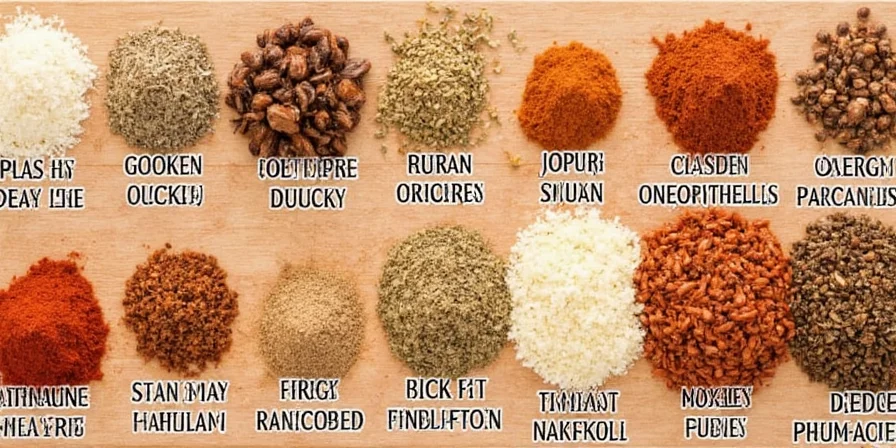

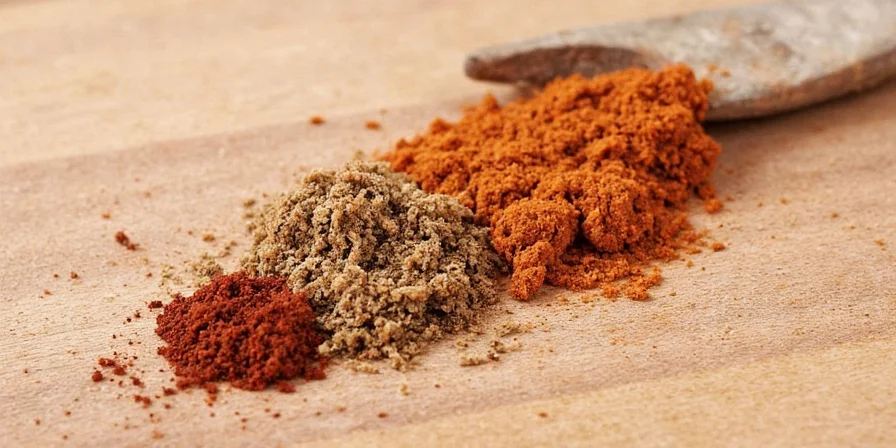









 浙公网安备
33010002000092号
浙公网安备
33010002000092号 浙B2-20120091-4
浙B2-20120091-4